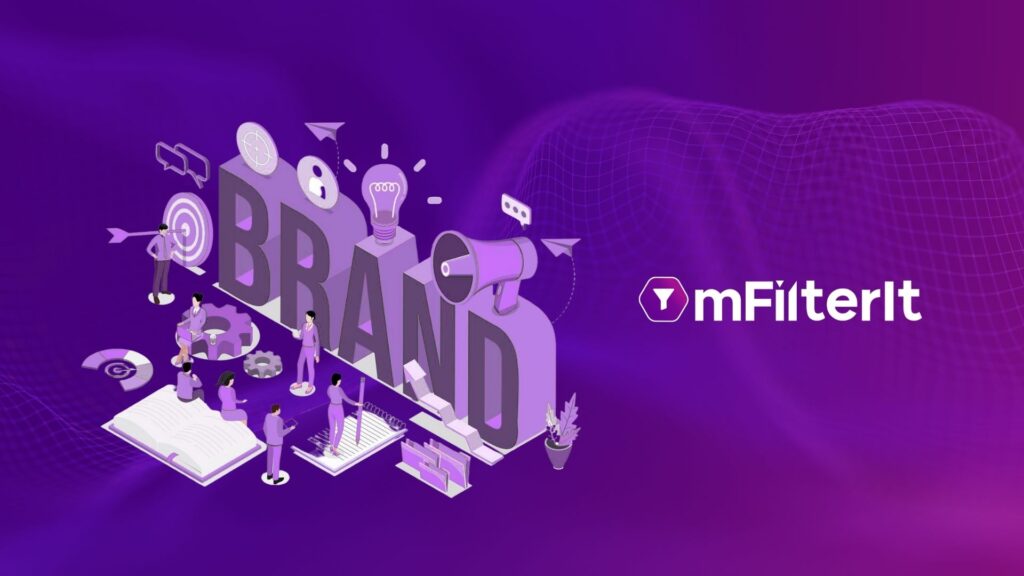We’re all living in times of pandemic, with the virus having a palpable impact on consumer behavior, media houses, agencies, and businesses alike. Marketing strategies and planning which seemed relevant two weeks ago may come off as jarring today. Marketers cannot simply ‘set-it-and-forget-it’.
It has become more critical for brands to interact with their audience in innovative and non-intrusive ways.
There are only a few channels available at a brand’s disposal to communicate with its audience in the current times. Not only this, the messaging and the creative design have to be structured in a way that maintains a healthy balance between ‘brand recall’ and does not appear to capitalize on the global pandemic.
The solution is to adopt new technology with Programmatic advertising topping the charts. One such technology puts the control of spending in the hands of the marketer/advertiser. Businesses ranging from large enterprises to SMBs have wide adoption and an increased appetite for data-driven strategies, thus paving a successful growth and optimism for programmatic advertising. They are using the platforms more frequently to reach consumers who spend more time inside and online.
Programmatic advertising has become the proven tool to garner customers’ increased engagement and awareness for FMCG brands. Personalization is the word of the decade, leveraging programmatic data; brands can use these data points to generate highly personalized content for their consumers. For FMCG brands, it is all about catering to consumers’ interests and affinities.
Having laid the foundation, let us move on to understand further the top 3 reasons to invest in programmatic advertising:
Table of Contents
ToggleRelevant and Contextual ad settings
A significant chunk of the population uses ad-blocking tools to avoid being bombarded with unwanted and repetitive ads. Offers that long expired; adverts that serve no purpose to the user, event passes that have already been bought, and many more such advertising cases are rampant, thus neglecting a consumer’s privacy (ultimately making them lose trust in the brand).
In the case of programmatic advertising, the platform uses CRM and customer loyalty data to increase relevance, thus ensuring that the ad reaches the intended audience. Using native ads to create a positive experience for a user mimics the look and feel of the web page, thus bringing contextual alignment to the ad being served.
Ads served in a Brand Safe Environment.
Brand safety has lately become a topic of discussion on a global scale. A primary concern and a nightmare for brand managers, they have to constantly be wary that their ads are not displayed next to objectionable or offensive material that can compromise the brand. Programmatic advertising helps in reducing the likelihood of such instances and keeps a check on the ad being shown at unwanted places, thus increasing brand safety. The platforms have specialized teams to screen ad inventory and remove objectionable ones.
Ad-Fraud Reduction
Ad fraud has been a challenge that haunts businesses and marketers alike. A significant chunk of display ads is lost to unwanted and invalid traffic, thus wasting the ad budget. In India, where advertising is a significant industry, the ad-fraud rate is even higher.
Investing in programmatic advertising helps eliminate ad fraud cases by giving the publisher complete control on the targeting parameters such as geography, interest, audience, etc. The platform can also block bots and other types of fraud, thus reducing budget wastage and giving value-driven and focused results.
Programmatic advertising does not eliminate ad fraud because the platform makes a decision (based on several predefined criteria) in less than a second. Since humans cannot monitor such a rapid decision-making process in real-time, such campaigns may be susceptible to ad fraud. But programmatic advertising becomes the go-to choice vis-à-vis traditional advertising to reduce the possibility of fraud.
With the recent announcement of Third-party cookies exiting, programmatic advertising will inherently see advancements in technology, become more sophisticated, a shift in ways the audience is targeted, and brands are getting more innovative to ensure transparency with the consumer by seeking effective and efficient solutions to interpret online consumer behavior better. This being said, programmatic advertising is the future of digital marketing to ensure optimum budget utilization and enable a data-driven automated approach to marketing.







